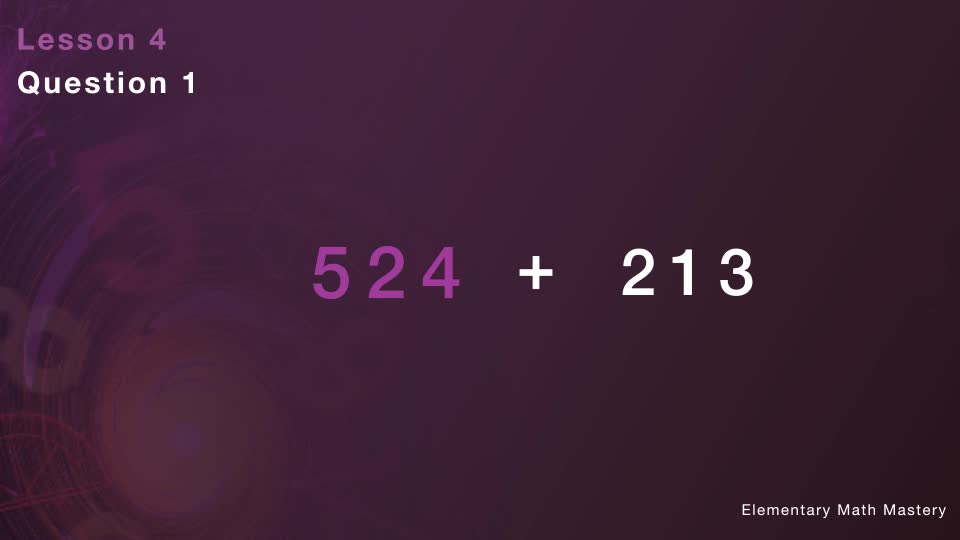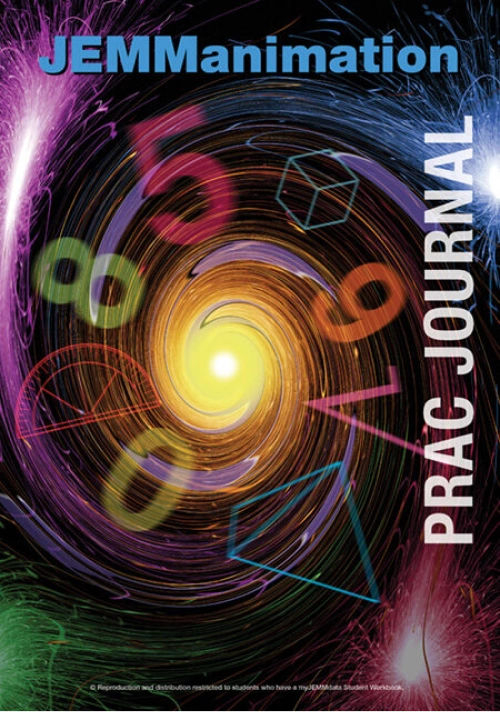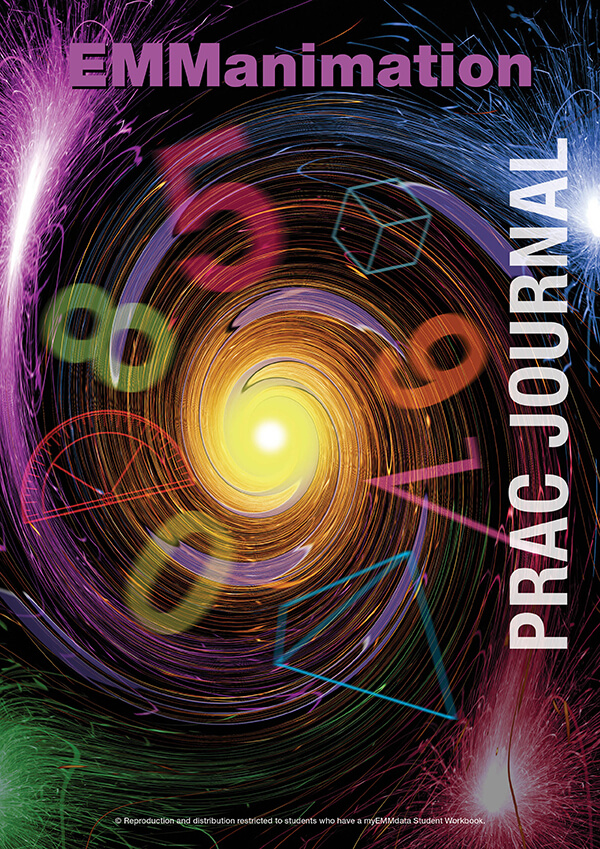Implementation Plan
The Math Mastery Series (MMS) was designed for single grade groups, however, because students’ processing speeds differ vastly, some schools stream MMS. This allows the teacher to tailor lesson pace to the group processing speed, without fear of leaving anyone behind.
- Before placement: it is advisable the teacher reviews the first five and last lessons of each program so they fully understand the content and extent of these programs. mathmasteryseries.com.au/sample-materials
- Placement: align students with their corresponding year level, then make adjustments in line with teachers’ assessment of each individual student. Please refer to the Suggested Implementation Plan below for guidance.
- Evaluate your proposed placement: conduct a trial with a group of students.
Suggested Implementation Plan
Year Level | Intervention | Middle | Top |
|---|---|---|---|
3 | JEMM | JEMM | JEMM |
4 | JEMM | JEMM+ | JEMM+ |
5 | JEMM+ | JEMM+ | EMM |
6 | JEMM+ | EMM | EMM |
7-8 | JEMM+ | EMM |
Note: In first year of implementation all groups commence their appropriate program at Lesson 1.
Intervention MMS CHIN-IT approach
See JEMM Introduction (page xi) LOW-PERFORMING STUDENT SUPPORT
https://mathmasteryseries.com.au/sample-materials/
Also, those wanting to use JEMM at Year 2 can do so after the half-year mark with the MMS ‘CHIN-IT’ approach. Note: do not use Student Workbook in Year 2. In Year 3 restart JEMM from Lesson 1 and introduce Student Workbook.
Intervention MMS CHIN-IT and Teacher-directed MMSanimation approach
After the CHIN-IT round has been completed, or after each lesson, the teacher repeats the round (or lesson) as per normal (i.e. presents entire lesson, corrects, and debugs the student-identified bugs recorded in their Student Workbook); MMSanimation can be used to deliver the repeat (see following).
Teacher-directed MMSanimation approach
JEMM/JEMManimation
JEMM+/JEMM+animation
EMM/EMManimation
The Teacher-directed MMSanimation approach provides for each lesson to be presented twice. In the first presentation, the teacher presents the lesson as prescribed (i.e. presents the entire lesson, corrects, and debugs the student-identified bugs recorded in Student Workbook).
The following day, the teacher repeats the lesson allowing MMSanimation (JEMManimation/ JEMM+animation/ EMManimation) to deliver the script. The teacher plays each video, and students listen to the voice and watch the animation; then, answer the question directly in Prac Journal.
After the last video of the lesson has been delivered, the teacher carries out corrections and debugs (i.e. corrects and debugs the student-identified bugs recorded in their Prac Journal).
This approach frees the teacher to move around as the video plays, observing student faces as they watch the video, then observing student Prac journals as they record their responses. This observed data (qualitative), coupled with the data collected in the Student Workbook (quantitative), strengthens the diagnostic component of the MMS implementation.
Option A
Vice Versa – For the first presentation, MMSanimation delivers the script, and the teacher delivers the repeated lesson.
Option B
Rounds – Present a round of 5 lessons, then repeat.
Option C
Math Mastery Series (MMS)
MMS programs are designed to develop fluency and automaticity in basic skills, knowledge and understanding; they match student skill level rather than year level. For this reason it’s crucial teachers choose the appropriate program.
NOTE: For skill extent covered, carefully consider the first five lessons and last lesson of each program.
Each program comprises:
Teacher Book
Contains presentation lesson scripts with exact instructional wording.
JEMM | 80 lessons |
|---|---|
JEMM+ | 120 lessons |
EMM | 160 lessons |
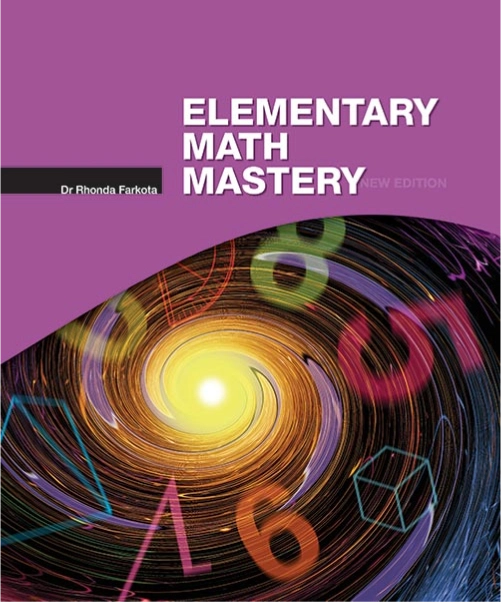
Electronic Reference Stimuli (ERS)
JEMM | 680 ERS stims |
|---|---|
JEMM+ | 1800 ERS stims |
EMM | 3200 ERS stims |
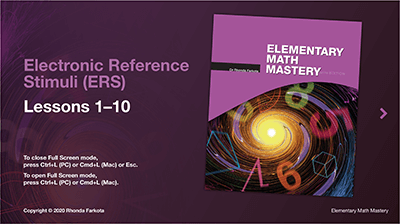
Student Workbook
myJEMMdata | 92 pages |
|---|---|
myJEMM+data | 124 pages |
myEMMdata | 152 pages |
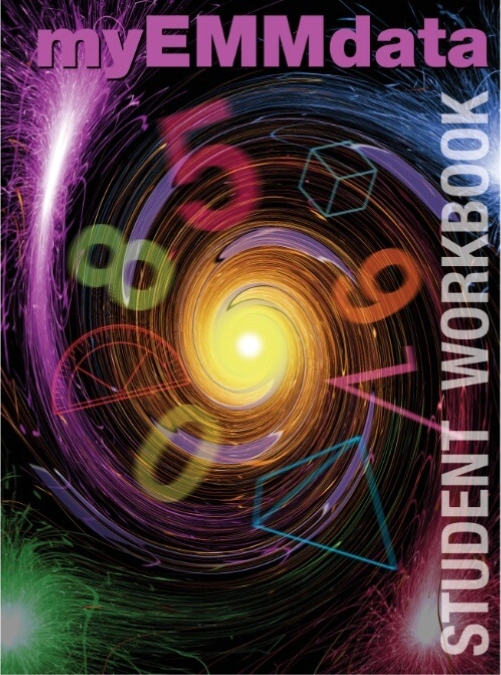
MMSanimation
JEMM | 680 videos |
|---|---|
JEMM+ | 1800 videos |
EMM | 3200 videos |
You can access MMSanimation Lessons 1–10 freely.
